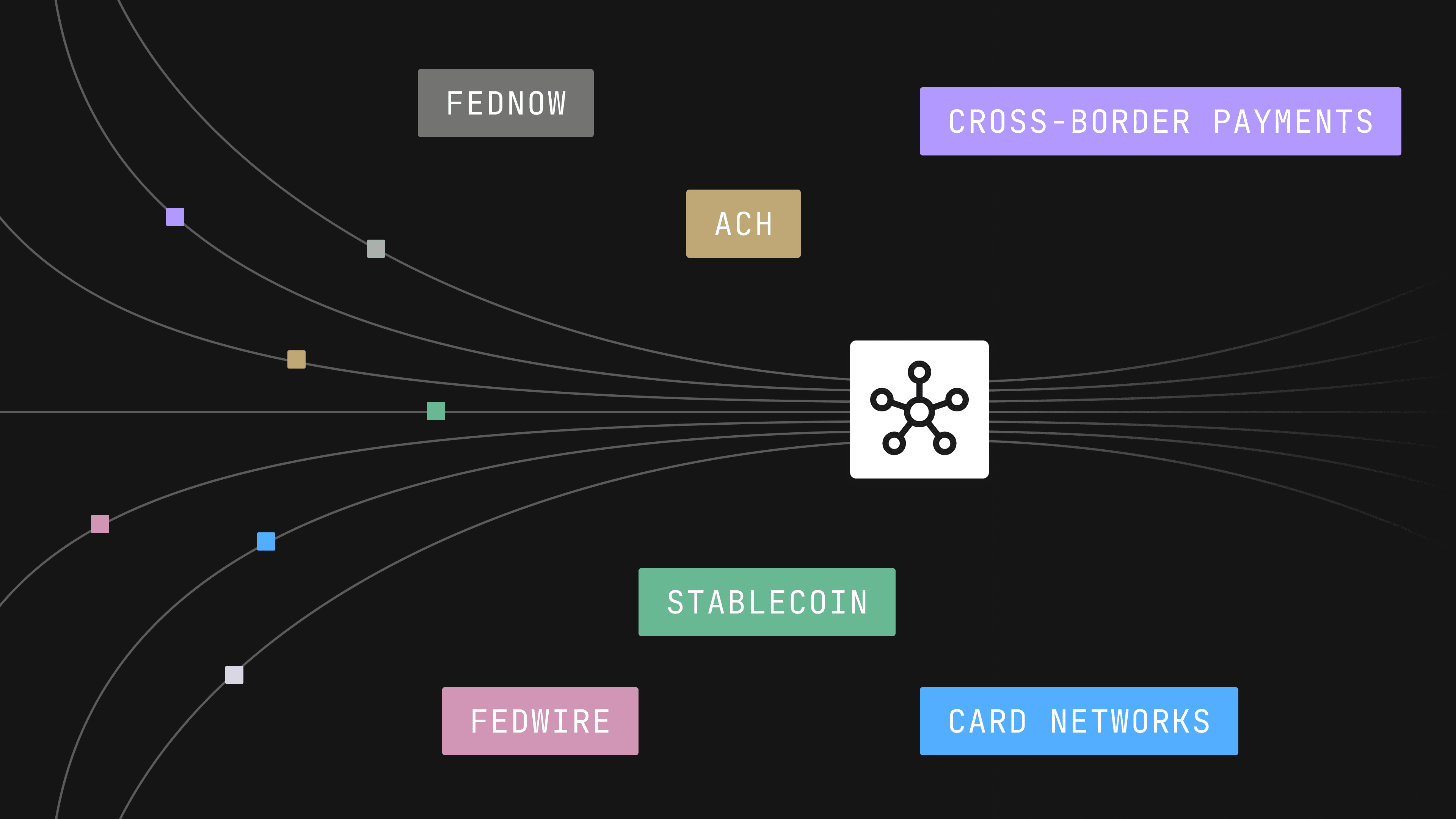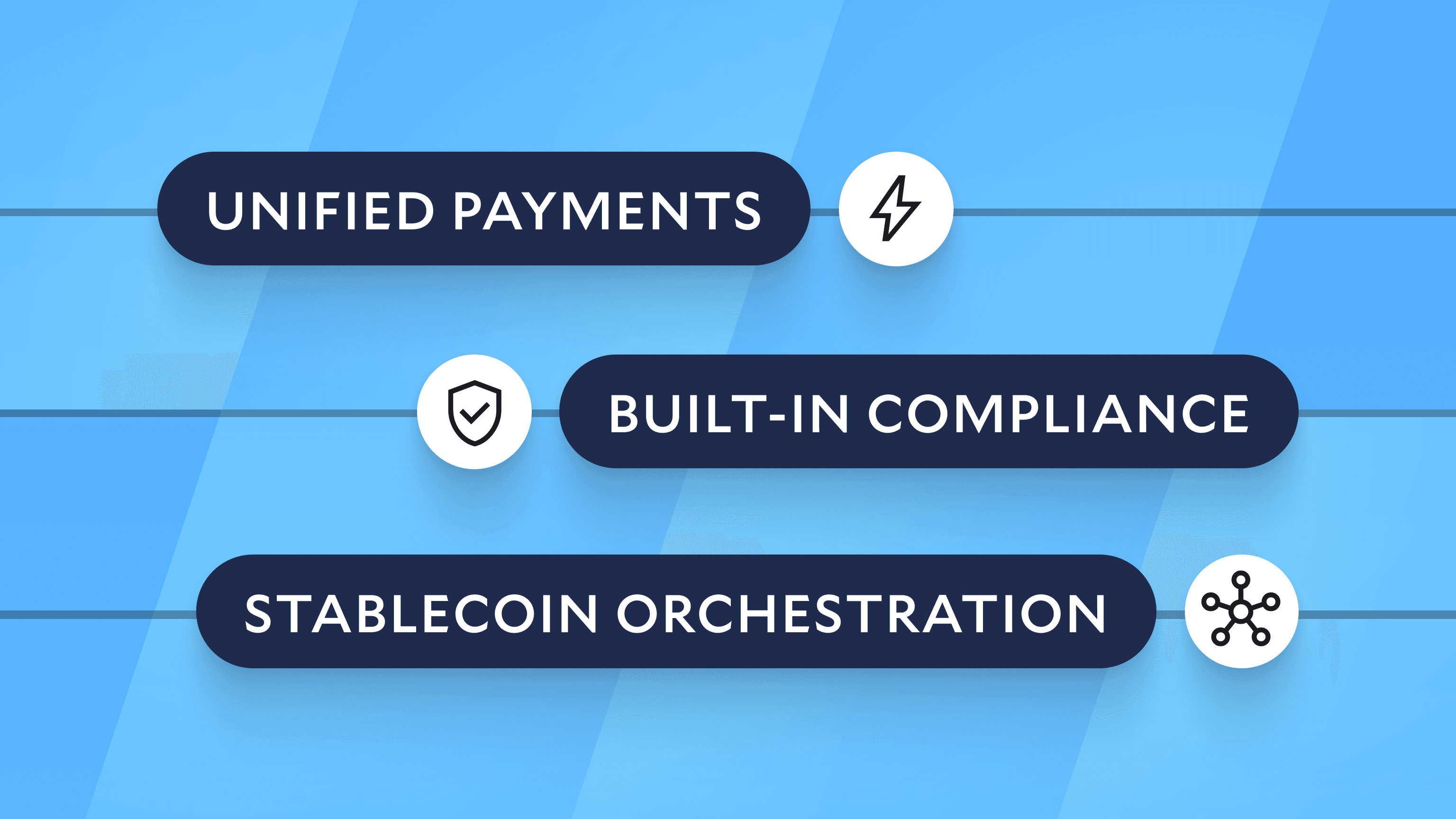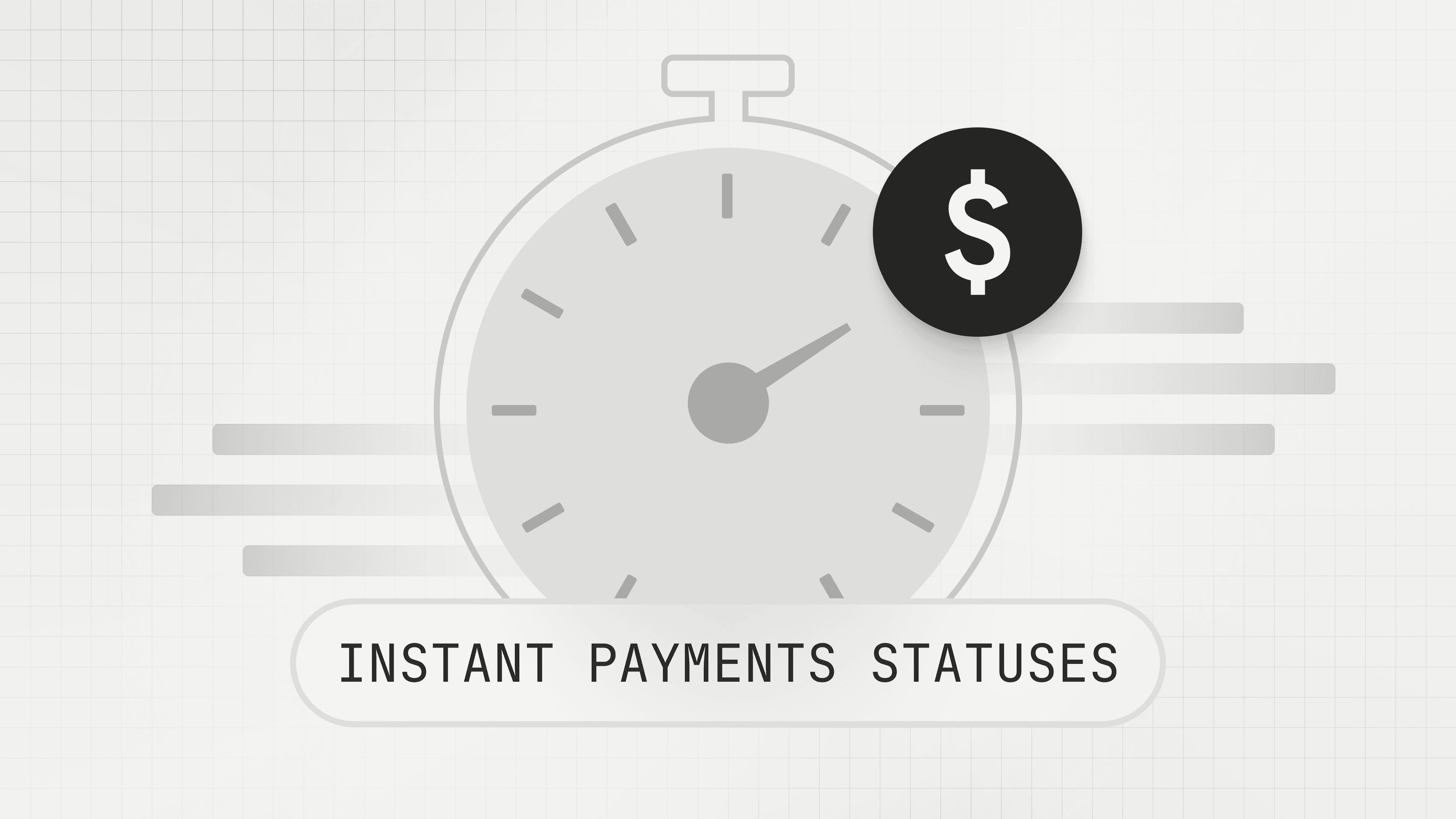Is Your Business Ready for Faster Payments?
If only the preparation for instant payments were as delightful as the end-user experience. Alas, readiness for faster payments requires more than a click or two. This journal shares four facets of good planning for real-time payment rails like RTP and FedNow.

The speed and convenience of faster payments can make them feel effortless. A customer presses a button and money moves instantly to their investment account. A company sends an e-invoice to their vendor and receives payment in seconds. Of course, the time, thought, and tech that permit this experience aren’t effortless. From enablement and execution to upkeep, faster payments like RTP and FedNow (forthcoming mid-year 2023) require solid preparation from the start.
4 Elements of Faster Payments Readiness
If you’re implementing RTP, prepping for FedNow, or both, there are four factors to prioritize during preparation. Spending time on each will make your company’s route to quick, smooth payment experiences faster and easier the whole way through.
1. Strategy
To get the greatest advantage from faster payments, invest in research and strategic planning. Your roadmap for faster payments adoption should include the following:
- Understand offerings and opportunities. Each faster payment rail has unique qualities, requirements, limits, and applications. This list of potential use cases for FedNow, as an example, will give you a sense for what is possible.
- Consider alignment with your business goals. Given the faster payments options (including business, commercial, and internal uses), which use cases will you prioritize and how well does adoption match up with higher-level goals?
- Weigh the opportunity costs. Launching and managing faster payments is a commitment that requires both resources and retooling at multiple levels (see below). Will potential gains justify this investment?
2. Partnerships
Without the right bank partnership, your business won’t be able to capitalize on faster payments.
While RTP is currently available at over 280 banks, FedNow is likely to have much wider coverage. As it stands, businesses interested in FedNow should speak with their bank to see what plans (if any) are in place.
At launch, the 12 Reserve Banks and banks in the FedNow Pilot Program will offer FedNow. There are over 120 organizations (banks as well as payment processors and solution providers) in the pilot program, including JP Morgan Chase, Silicon Valley Bank, and Wells Fargo.
If you’ll need to partner with a new bank for faster payments, be sure to allow sufficient time for due diligence and onboarding.
Beyond banking relationships, you’ll want to consider current partnerships that may be impacted by faster payment adoption—as well as potential partnerships this new technology could benefit from.
3. Technology
Faster payment rails, like any other rail, require technology to support the full cycle of each payment. Necessary capabilities and infrastructure using IS2022 include:
- Payment initiation and approvals
- Funds tracking and failure management
- Reconciliation, ledgering, and controls
You may also need to manage counterparties and virtual accounts.
Given that faster payments are always on, this infrastructure has to function continuously and autonomously around the clock.
Building an in-house payment operations solution can be complex and costly, especially if you’re just standing up a single rail. Modern Treasury estimates, based on client data, that it requires thousands of hours of dev time to create a money movement solution on par with ours.
This data does not account for the need to build a compliance program or ongoing management, maintenance, reliability checks, and improvements—an investment of hundreds of hours per year. It’s also likely that breaks and errors will happen outside traditional working hours, putting extra pressure on teams to build (and maintain) diligently.
4. Processes and Tools
Faster payments require upgraded workflows. What works for finance and operation teams handling transactions in batches (daily, weekly, or monthly) won’t work for 24x7x365 payments. It’s not feasible to staff these roles around the clock—it’s also a poor use of team resources.
For offerings like RTP and FedNow, you’ll need systems that run around the clock, independently, and even on holidays. And given that over 75% percent of the hours in a week fall outside a standard work day—the most convenient times to complete personal transactions for most consumers—coverage is key.
Faster payments require that you fully automate your entire payments workflow, including the tasks currently done by staff that impact said flow.
As you consider processes affected by faster payments, examine the tools and software in your current tech stack—it may be time to add or consolidate solutions. For a new rail, if you engage a service provider, you’ll want to seek out an API-based solution built for end-to-end money movement. If you’re already managing multiple rails across banks, it may be time to centralize these workflows within a single platform primed for faster payments.
Your Faster Payments Solution
Modern Treasury was founded to simplify, streamline, and upgrade payments operations across rails including RTP and FedNow. With APIs that automate money movement at scale and a web app for complete control over fund flows, Modern Treasury is the ultimate turnkey solution for faster payments. Reach out anytime to connect with our sales team.








